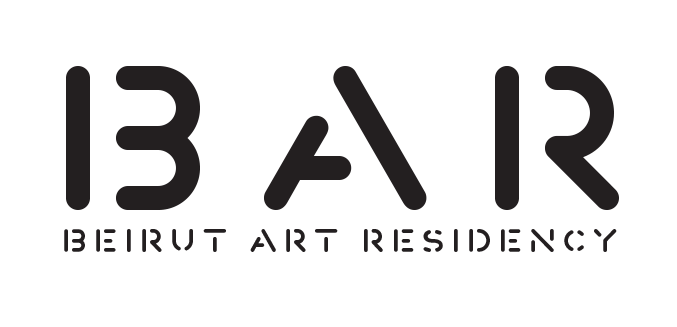TEXT BY YASMINA JREISSATI
Can you see the bulbul’s song?
In his last installation project, Ziad Antar’s aim is to contribute to Beirut’s soundscape
by offering bulbul birds for adoption across the city. As people are given cubic cages
with birds inside them, and as the birds are meant to freely fly away from their cages
when they are ready, an adequate visual representation of their song was sought for.
Something that would emphasize the way it sounds while it was still in its cage,
enriching the caregiver’s auditory experience, and also something that would stay in
possession of the caregiver after the bulbul was gone. Ziad wanted the bird’s song to
be seen. More accurately, he wanted the visual experience of the cubic birdcage to
be congruent with the experience of the bird’s song.
Sounds are things you hear with your ears, we are usually told; as colors are things
you see with your eyes, temperature and textures things you feel with your skin, and
flavors things you taste in your mouth. It is however not so simple. We rarely just see
color. Color is usually experienced on the surface of objects, and objects have
shapes, sizes, textures, etc. Sounds usually accompany some sort of movement –
we can hear, but also feel the wind. Flavors are rarely experienced without smell –
simply remember the last time you had a cold, and how bland food tasted. Sensory
experience is complex.
To illustrate, based on this complexity of sensory experience and on the plasticity of
the brain, devices were developed to compensate for the loss of one sensory
modality. Recently, Neil Harbisson, an achromatop who never experienced color
vision, developed a device that transformed wavelengths into vibrations through an
“eyeborg”. Harbisson experienced these vibrations in his skull as sounds, and soon
learned how to associate the sounds he heard to the colors he couldn’t see. The
color of the sea, for example, sounds C#.
Harbisson is far from being the first to develop a color scale to visually represent
sound or musical timber. There are many such attempts in the history of color
science, one of which was by no other by Newton himself. Such color-sound scales
are however arbitrary, while there are associations between sensory modalities that
are precisely not arbitrary. Research in the past few years has revealed that we
systematically associate between different features across sensory modalities: shape
and sound, brightness and loudness, musical timber and smell, color and
temperature, flavor and sound, etc. and most relevant to us here, brightness and
pitch. Without any sort of training, we just tend to associate low pitch to darkness,
and high pitch to brightness. This feels “natural” to us
The bulbul’s song is typically constituted of three notes: two low pitch notes of rather
short duration, followed by a longer high pitch note. Relying on the cross-modal
association of darkness to low pitch, and brightness to high pitch, each of the three
notes is associated to a corresponding color. Two rather dark colors, and one bright
color; the duration of the note being visually represented by the spread of the color
around the cage.
Each cubic wooden cage has four sides, and each side comprises 13 sticks. Thus
the pattern spreads from right to left in the following way: 4: 4: 5. On each cage, the
pattern has a different starting point. It takes 52 cages for the movement of the
pattern across the cage to be completed.
Once the birds are mature enough to fly on their own, and populate Beirut thereby
enriching our auditory experience of it, there will remain the 52 cubic cages across
the city. Each of these cubes visually resonates with the bulbul’s song. Collectively,
they form the complete visual pattern of the 52 songs.
